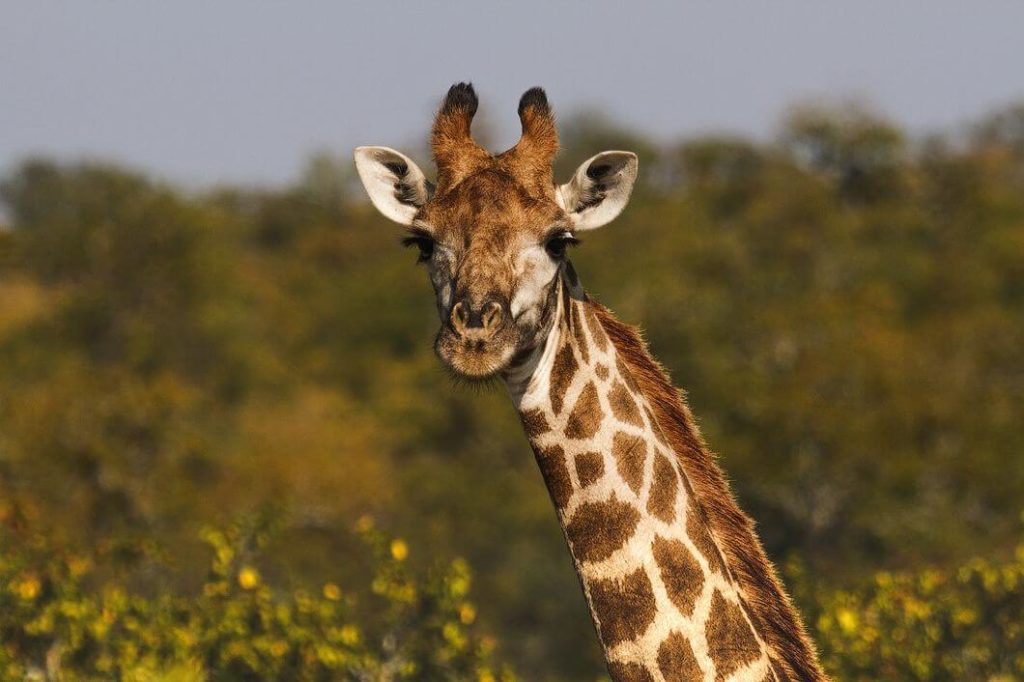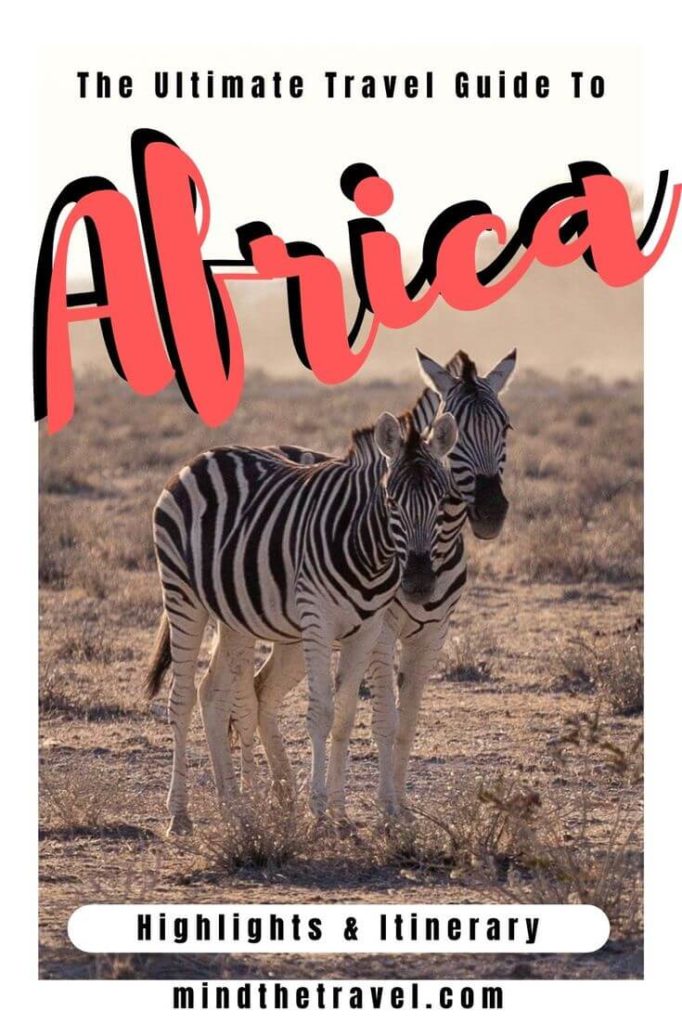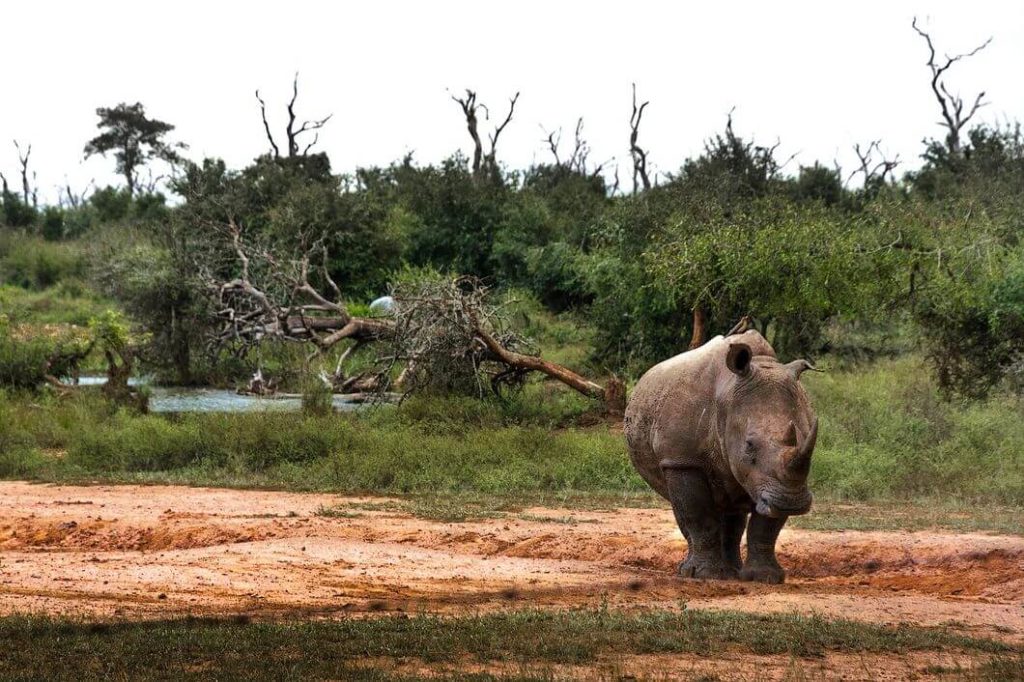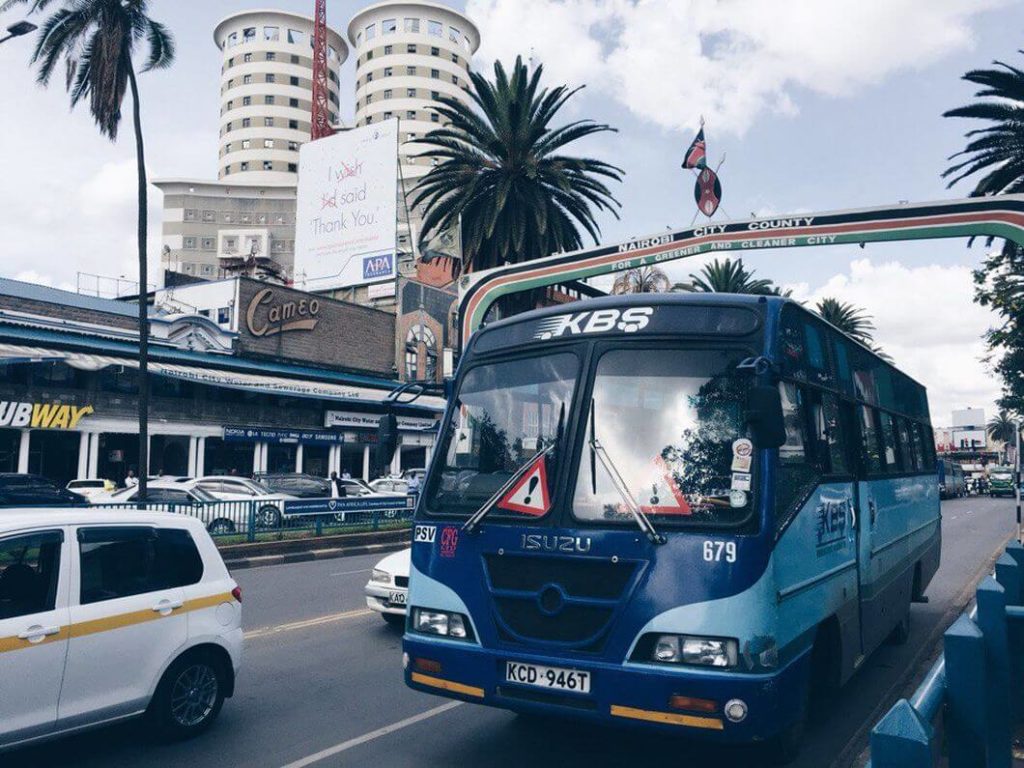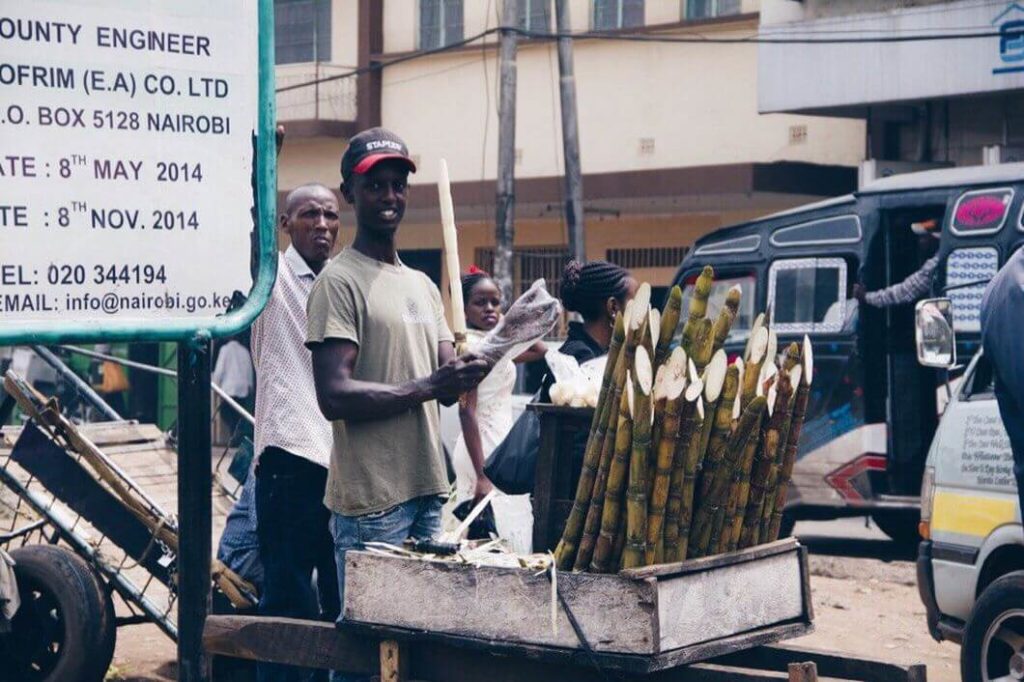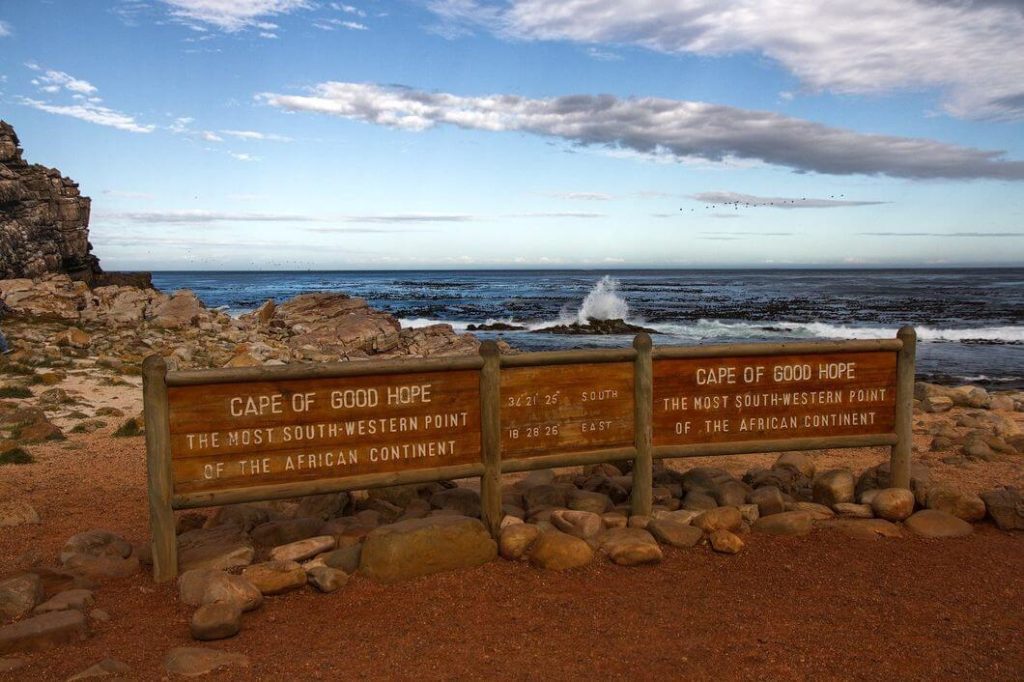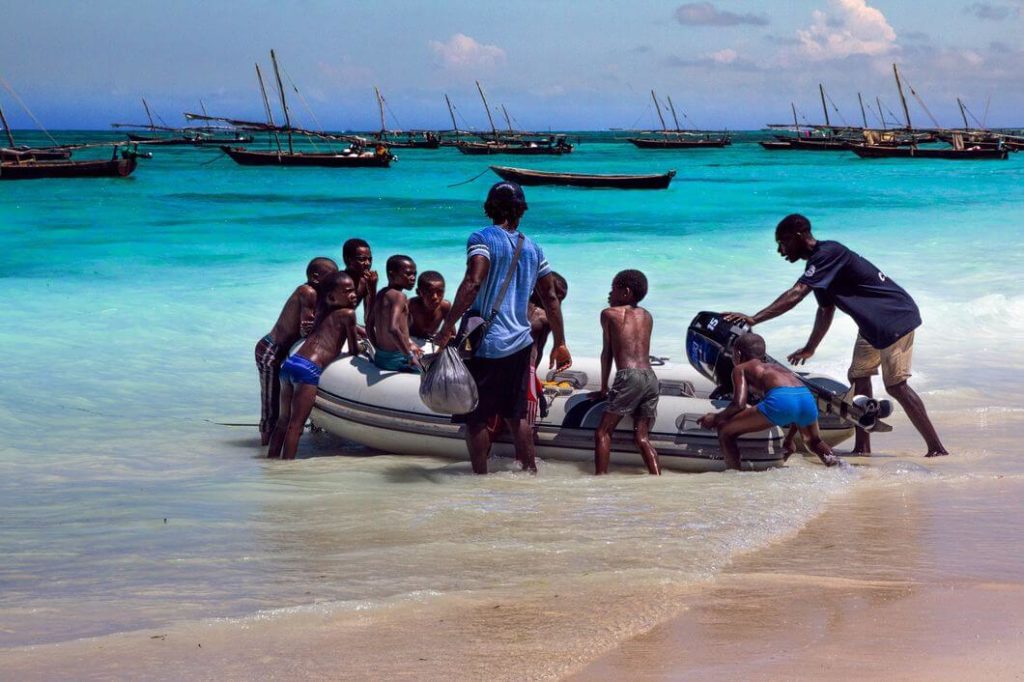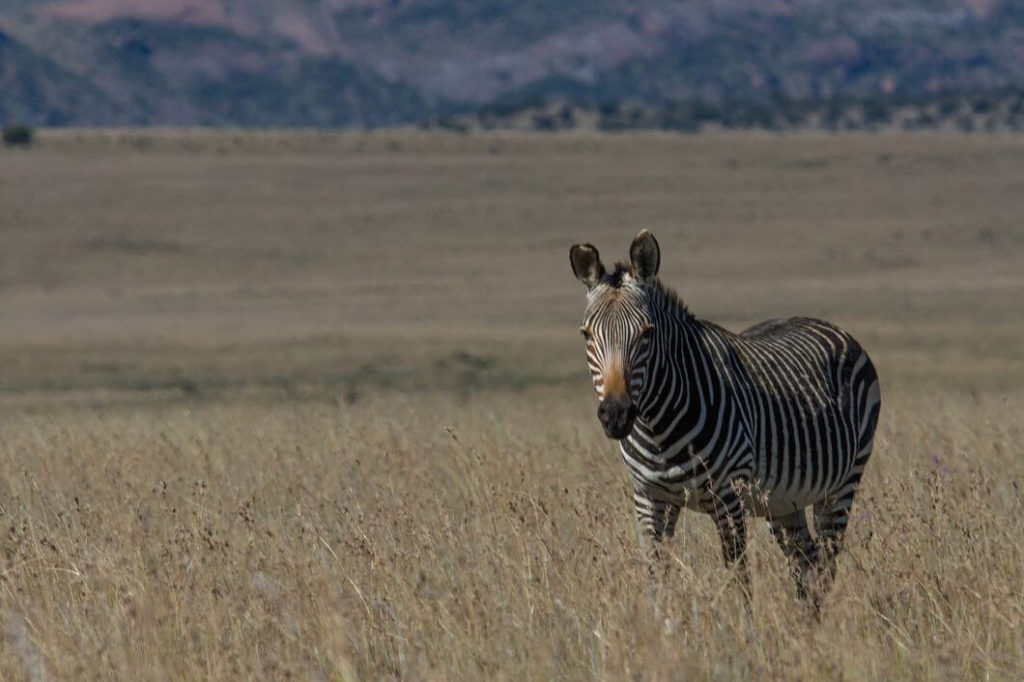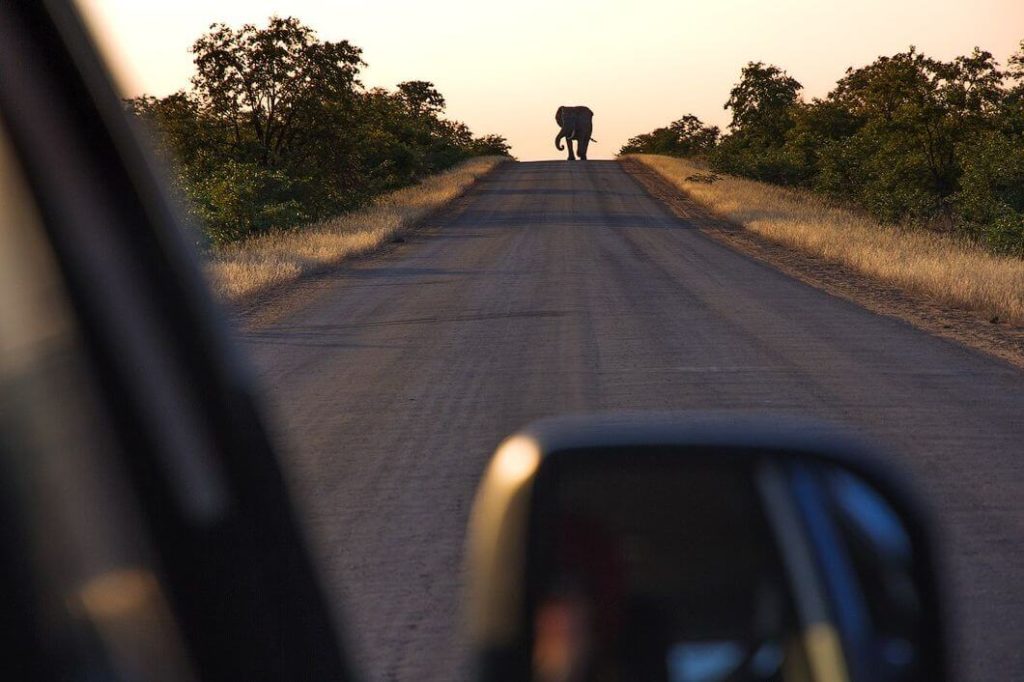Africa Travel Guide to Getting Around
When I needed to get somewhere I always asked the staff at my accommodation for help. Most places are quite reachable, it just takes more time to travel in Africa. If you are a backpacker and traveling to Africa alone make sure to only get around by daylight. Avoid going anywhere at night, especially if you’re a first-timer. Again ask the staff to call you a licensed taxi if you do need to get somewhere.
Transport costs are really difficult to predict if you are traveling to Africa solo. If you’re backpacking through Africa, you never really know what type of transport you’ll end up taking. Chances are you will be mixing different types of transportation. Plus additional cab services if you go on a safari.
Africa By Bus
While the bus is the most common form of transport in Africa, they range from big coaches to smaller minivans (poda poda in Sierra Leone, matatu in Kenya, dalla dalla in Tanzania, tro tro in Ghana). In countries like Namibia or Botswana, buses don’t run exactly where you want to go, so you have to hop off the bus to hire a taxi.

Almost any ride on a public bus will set you back under $3. The price can reach $30 depending on how far you are going. In East Africa, you’re probably looking at around USD $25 for a 14-hour journey from Kampala to Nairobi using a company like Easy Coach. I’d recommend taking bigger buses if you’re planning on covering long distances because they are generally more comfortable and safe.
Africa By Minivan
Minivans are often much faster than public buses but you should expect them to be more crowded too. Minivans are plentiful and almost as cheap as buses. Do careful research and pick your option wisely when it comes to pre-booking a journey with a company. Otherwise, you shouldn’t be expecting a minivan to leave until they are full. Oftentimes minivans are the only way to reach your destination for a reasonable price. On some routes, you can negotiate the price so you can make your holiday destination in Africa even cheaper.
Hitchhiking in Africa
If you want to know how do people move around in Africa, this Africa travel guide is right here to help you. Hitchhiking is a very common thing to do by locals and some countries are generally safe for hitchhikers from the West. Most backpackers tend to hitchhike through Namibia and South Africa rather than countries in Central Africa. Hitchhiking in Africa can get you really far sometimes.
If you travel with a group of friends it might slow you down and increase the driver’s desire to make some easy money. If you’re adventurous enough for hitchhiking from the side of the road resist the urge to stick out your thumb, wave your hand instead. This will make you look more natural in the eyes of the locals. Never, and I mean that never hitchhike in Africa if you’re not experienced with hitchhiking!
Self-Drive Africa
Self-driving isn’t a common but feasible option for a backpacker in Africa. The cost of hiring vehicle can vary greatly depending on the country, the distance and the type of car you get. Most of the car rental companies I’ve found cater for Southern Africa and Namibia. But there are a few that cover Northern Africa too. Particularly in Morocco and Egypt.
Whether you’re planning to do a self-drive from Cape Town to Windhoek or just explore the Cape Peninsula, there are views that will take your breath away! At the same time, finding a decent option that covers most of East and Southern Africa seems to be rare. If you plan on crossing borders keep in mind that gas is very expensive in rural areas and local companies will rarely let you drop off in the city different from where you rented it.
Africa By Train
There are two types of trains in Africa: luxury trains like the Blue Train route between Pretoria and Cape Town or Jambo Kenya Deluxe from Nairobi to Mombasa. Both options are very expensive and offer luxurious ways to travel around. Locals usually opt for cheap and slow overnight trains. Local trains offer amazing scenery and unique cultural experiences without breaking the bank.
Mainly all railways are followed by roads, which gives you a chance to choose between trains and buses. While you can do all the way from Cape Town to Dar Es Salaam by train, it can be time-consuming. I’d recommend taking buses to make it faster. The cheapest train ticket will set you back USD $3 and get you as far as 100 km.


